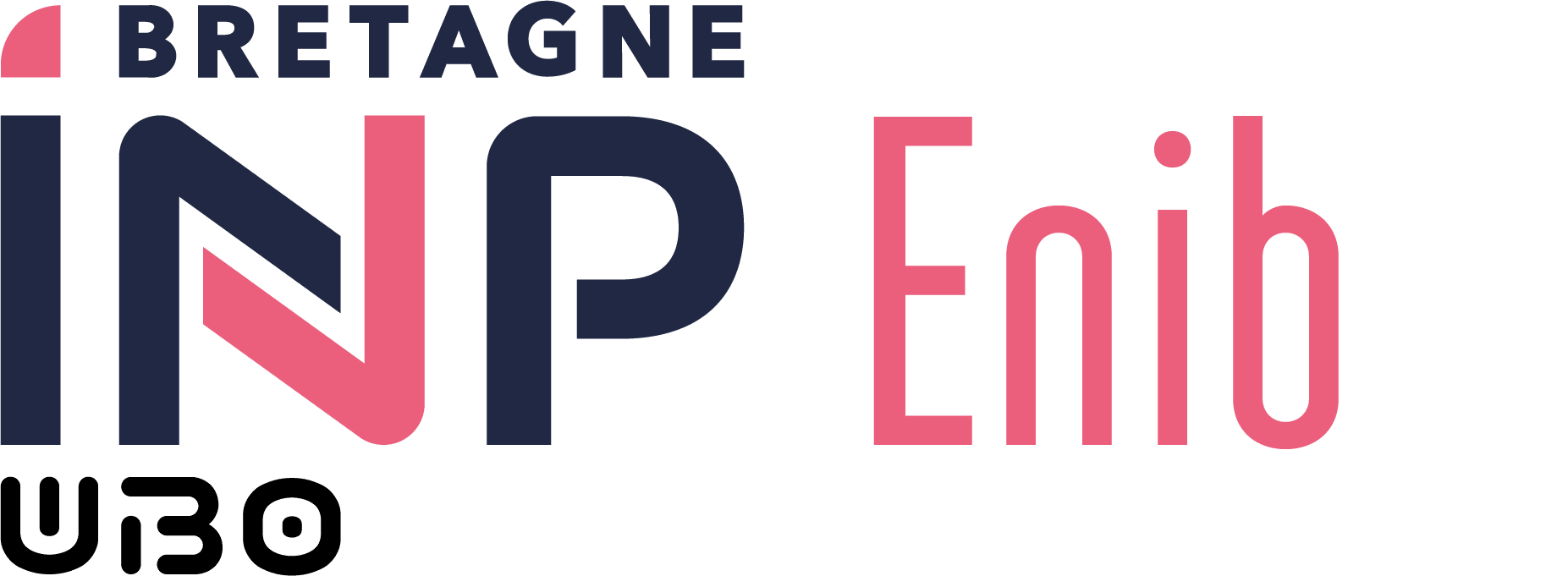AAT A2
Description
Determine the constraints, risks and technical, economic, environmental and social implications, accounting for the lifespan of the solution to be implemented.
Progression
M1 ():
M2 ():
M3 ():
AAv List (8)
07_X-GES-AAv1 (13H): At the end of S7, the student will be able to model costs and analyze them according to the characteristics of the structure of an organization and its contingency factors . More precisely, it is capable, within a medium-sized organization, of:
08_SHES-AAv_SF_optionnel (30H): At the end of the 30 hours of training, the students will be able to imagine collectively (3 to 5 people) a prospective scenario telling a future that will give them seems desirable, specifying what place science and technology would occupy, for example through the production of a short film.
08_SHES-AAV_GI_optionnel_1_Entreprise (21H): The student will be able to recall the different flow loops that exist between the services and processes of a company. He will be able to recall the implications of each loop on the others. He will carry out a study aimed at optimizing flows globally.
08_SHES-AAV_GI_optionnel_3_Lean (36H): The student will be able to recall the different issues and concepts of industrial engineering. He will be able to recall the different typologies of industrial systems and the associated tools and methods. He will be able to present the Lean approach and tools and implement them in a fictitious workshop.
08_SHES-AAV_QQE_optionnel_2_Qualité (12H): The student will recall the different concepts and approaches to implement a quality policy. He will be able to recall the important points of the ISO 9000 standards. He will be able to describe the tools and steps for setting up a quality management system.
08_SHES-AAV_QQE_optionnel_3_Outils_Qualité (12H): The student will recall the different tools used in the industry, throughout the life cycle of a product to evaluate and improve product quality.
09_X-PER-AAV1 (20H): At the end of the PER module, students must be able to integrate environmental and societal issues into the study of an engineering solution and to use it correctly. and relevance of impact indicators (carbon footprint, LCA, social indicators, etc.)
10_X-S10-AAv1 (100H): At the end of the engineering internship, the student is able to analyze the needs of a sponsor with regard to existing solutions and to propose a rapid and efficient translation needs expressed in specifications that are sufficiently precise and consistent with a standard solution. He will have previously researched, consulted and assimilated scientific resources allowing a good understanding of the technical context. This knowledge will be presented in the written report at the end of the internship.
